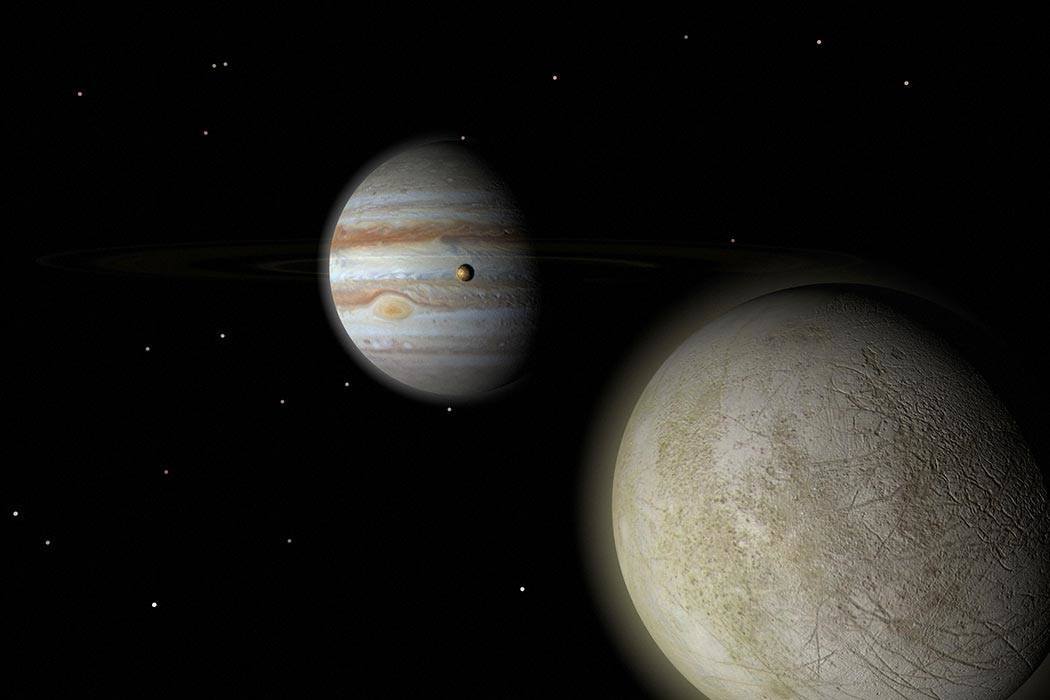Conditions are a little windy on planet HD 189733b. The planet, about 63 light years from Earth, has winds reaching speeds of up to 5,400 mph. Using the Saffir Simpson scale for hurricane strength, that’s approximately the equivalent of a category 245 hurricane. For comparison, the strongest hurricane recorded on Earth is a category five and the strongest wind recorded was 253 mph in an Australian cyclone. Remarkably, astronomers were able to produce a weather map of the planet despite it being too far for direct observation. Their work is part of the long tradition of exoplanetary meteorology. Truth is, we’ve been observing the weather throughout the solar system for centuries.
On June 26, 1666, a British gentleman named Mr. Robert Hook made a series of observations of Jupiter. Among his discoveries were Jupiter’s enormous size (he eyeballed it at 4 times the size of the moon when viewed through his telescope), its several moons, and the first documented sighting of its massive red spot. He also noticed that:
The parts of the’ Phafis of’ it had various degrees of Light. About a and f, the North and South poles of it ’twas (s)omewhat darker, and by degrees it grew brighter towards b and e, two Belts or Zones; the one of which (b) was a (s)mall dark Belt croffing the Body Southward; adjoyning to which was a (s)mall line of a (s)omewhat ligyhter pait; arid below that again, Southwards, was the great black Belt. (The letters referred to illustrations made by Hook, provided below.)
Though unaware of it at the time, Hook had created the first extraterrestrial weather map. The bands he noticed were Jupiter’s weird zonal winds. When they were observed by Voyager 1, it became apparent that the bands delineated jet stream winds. These winds reached speeds of about 224 mph and have been remarkably stable over time. Such stability helps maintain the red spot ( a massive storm).
There are a lot of theories as to why these bands of wind exist, but to date nobody has provided a complete explanation. Hook’s pioneering work set off interest in other planets’ atmospheres. A major priority of many space missions has been to document the atmospheric conditions and weather of the planets under observation. We now have information on wind and weather patterns from Mercury, Mars, Venus, Saturn (1,120 mph winds), Neptune, and Uranus. The winds on HD 189733b were determined by timing the light blocked by different portions of the planet’s atmosphere. Exoplanetary meteorology is entering an exciting new phase.








